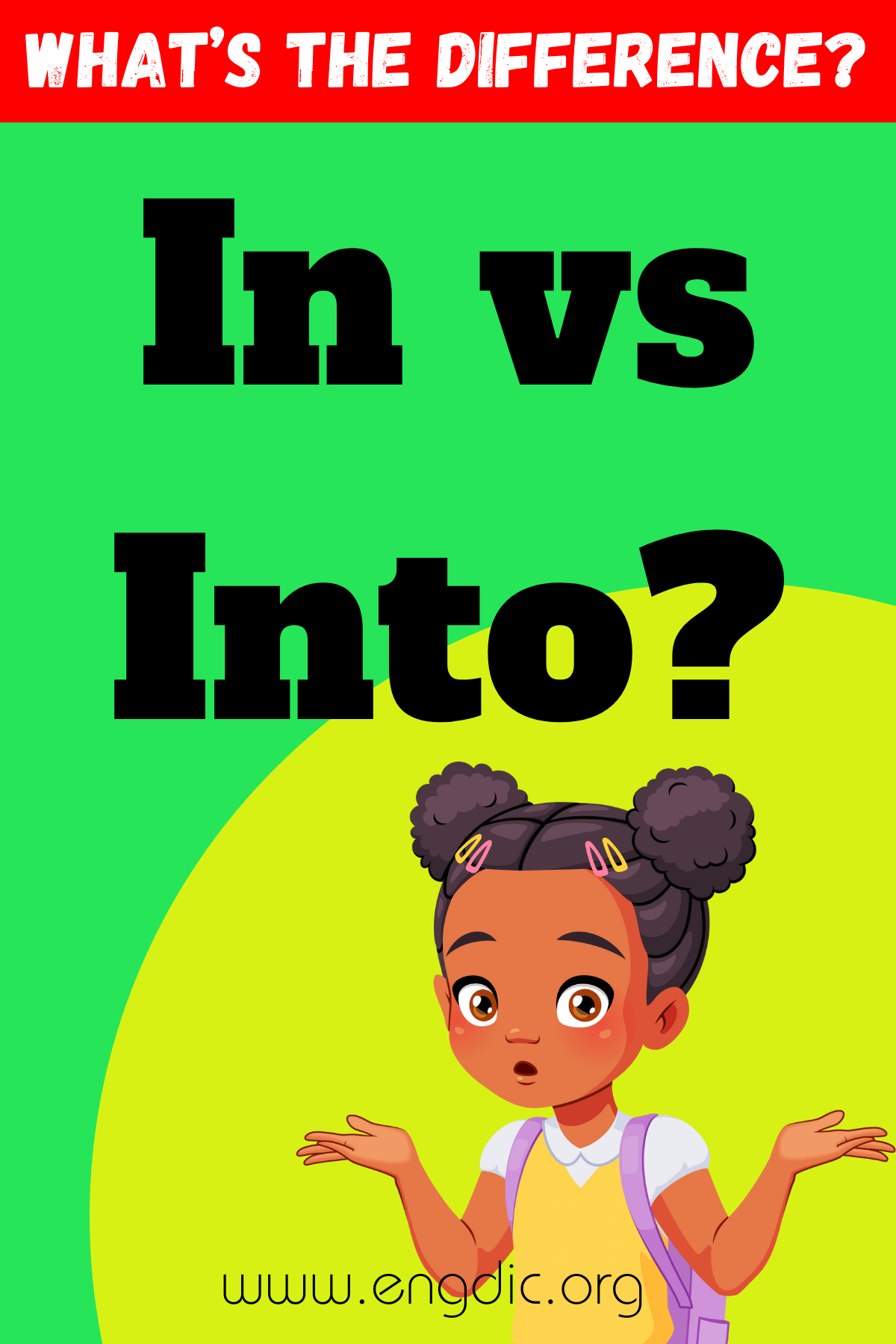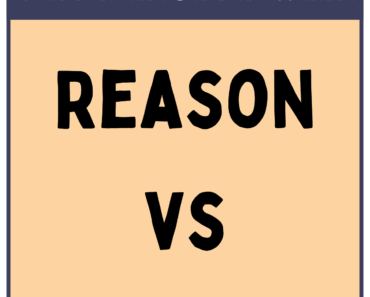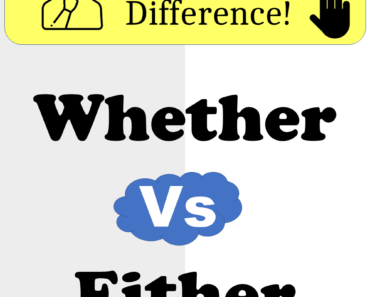The difference between “in” and “into” is primarily about location and movement. “In” is used to describe a static position within defined boundaries or limits, indicating where something or someone is at rest. Conversely, “into” implies movement from one point to another, entering or transitioning into a new space or condition.
Understanding this distinction helps clarify usage in various contexts, highlighting either a state of being or an action.
Definition and Usage:
In:
- Definition: “In” is a preposition used to indicate inclusion, location, or position within geographical areas, physical limits, or abstract boundaries.
- Usage:
- Location: “She is in the room.”
- Time: “We need to finish this in an hour.”
- State: “He is in trouble.”
- Belonging: “This episode is in my top five favorites.”
Into:
- Definition: “Into” is a preposition used to express movement toward or into something, often indicating entrance or transformation.
- Usage:
- Movement/Direction: “She walked into the room.”
- Transformation: “He turned his passion into a thriving business.”
- Engagement: “She got into gardening during the lockdown.”
- Division: “Divide the pizza into eight slices.”
By distinguishing these uses, you can apply “in” and “into” accurately in various contexts, enhancing clarity and precision in communication.







